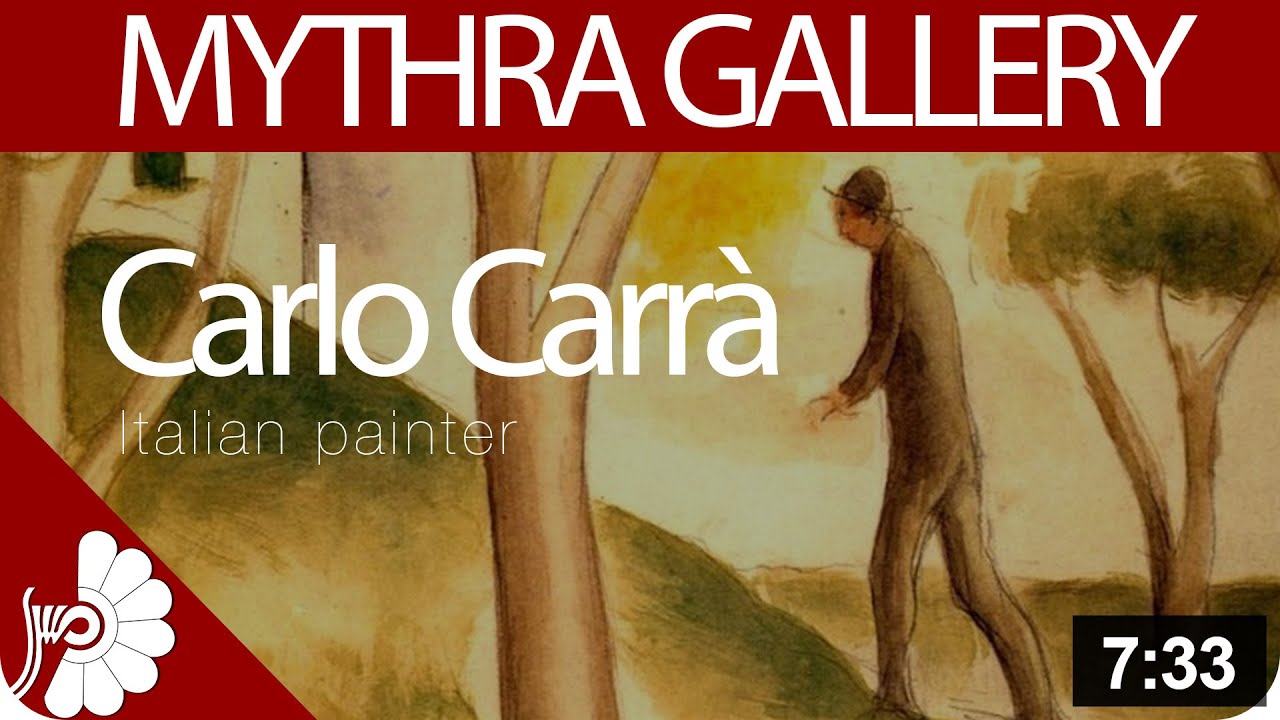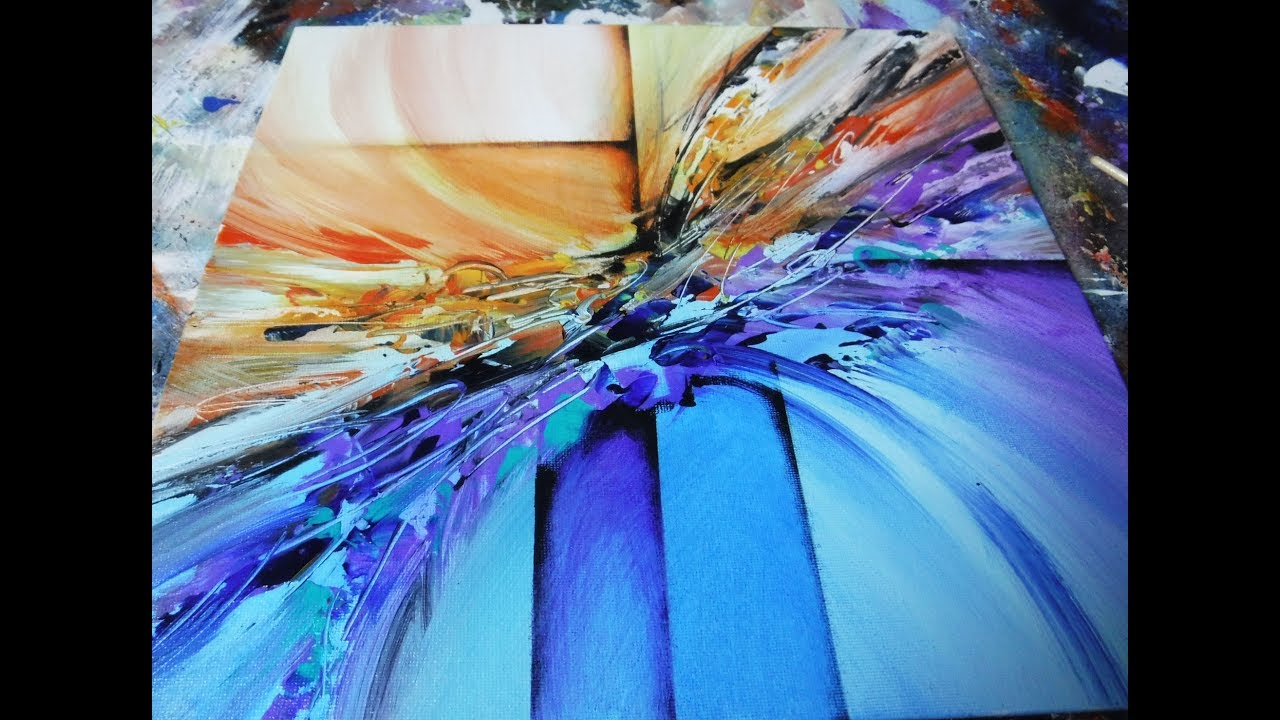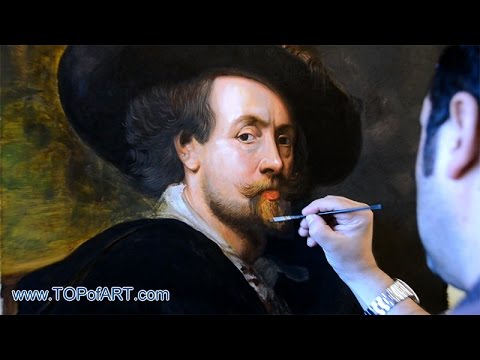Carlo Carrà (February 11, 1881 – April 13, 1966) was an Italian painter, a leading figure of the Futurist movement that flourished in Italy during the beginning of the 20th century. In addition to his many paintings, he wrote a number of books concerning art. He taught for many years in the city of Milan.
Carrà was born in Quargnento, near Alessandria (Piedmont). At the age of 12 he left home in order to work as a mural decorator.
In 1899-1900, Carrà was in Paris decorating pavilions at the Exposition Universelle, where he became acquainted with contemporary French art. He then spent a few months in London in contact with exiled Italian anarchists, and returned to Milan in 1901. In 1906, he enrolled at Brera Academy (Accademia di Brera) in the city, and studied under Cesare Tallone. In 1910 he signed, along with Umberto Boccioni, Luigi Russolo and Filippo Tommaso Marinetti the Manifesto of Futurist Painters, and began a phase of painting that became his most popular and influential.
Carrà’s Futurist phase ended around the time World War I began. His work, while still using some Futurist concepts, began to deal more clearly with form and stillness, rather than motion and feeling. Carrà soon began creating still lifes in a style he, along with Giorgio de Chirico, called “metaphysical painting”. Throughout the 1920s and 1930s, the metaphysical phase gave way to a sombre style akin to Masaccio’s. An example from this period is his 1928 Morning by the Sea.
He is best known for his 1911 futurist work, The Funeral of the Anarchist Galli. Carrà was indeed an anarchist as a young man but, along with many other Futurists, later held more reactionary political views, becoming ultra-nationalist and irredentist before and during the war, as well as by Fascism after 1918 (in the 1930s, Carrà signed a manifesto in which called for support of the state ideology through art). The Strapaese group he joined, founded by Giorgio Morandi, was strongly influenced by fascism and responded to the neo-classical guidelines which had been set by the regime after 1937 (but was opposed to the ideological drive towards strong centralism).
He died in Milan in 1966.
———————————————-
for more information go to www.mythragallery.com
————————————————
Mythra Gallery was founded by professional group of artists and art patrons in 2015 as an alternative in the art category. Its name comes from Persian mythology( the god of light ). In Mythra Art gallery we present several generations of artists working; you will find international professional art works of different art styles and periods in our exhibitions. We believe it necessary to return aesthetics and reflection to daily life, and foster an ongoing dialogue with creativity, creations, and creators in general. We hope that our space will be a friendly meeting place for both artists and people interested in art.
Mythra Gallery
Source



